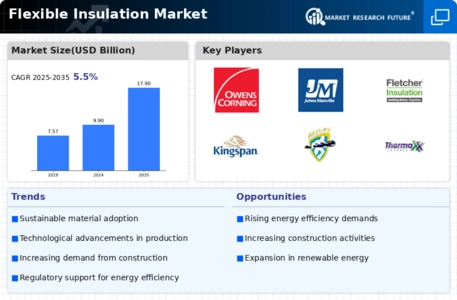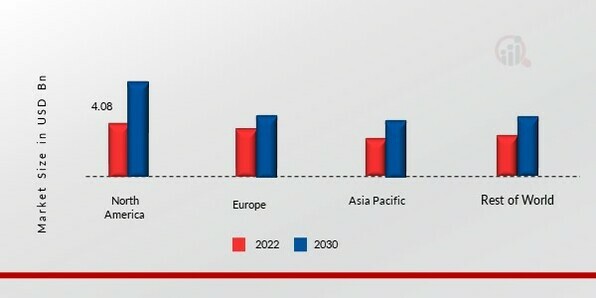Market Share
Flexible Insulation Market Share Analysis
Market share positioning strategies in the flexible insulation market are crucial for companies to establish themselves as leaders and maintain a competitive edge in the industry. Flexible insulation products are widely used in various sectors such as construction, automotive, aerospace, and industrial applications. To effectively position their market share, companies employ several strategies.
Major players in the flexible insulation market are investing in research and development to develop new and innovative eco-friendly insulation materials to keep up with this trend.
Firstly, product differentiation plays a significant role in market positioning. Companies focus on developing innovative and high-quality flexible insulation materials that offer unique features and benefits compared to competitors. This could include improved thermal performance, fire resistance, ease of installation, or environmental sustainability. By offering distinct advantages, companies can attract customers and gain a larger share of the market.
Secondly, pricing strategy is another key aspect of market share positioning. Companies may choose to adopt a penetration pricing strategy to gain a larger market share by offering their products at lower prices compared to competitors. Alternatively, they may opt for a premium pricing strategy, positioning their products as high-quality and charging higher prices to target niche markets or customers seeking superior performance. Pricing strategies are often adjusted based on market dynamics, customer preferences, and competitor actions.
In addition to product differentiation and pricing, effective marketing and branding are essential for market share positioning. Companies invest in creating strong brand identities and promoting their flexible insulation products through various channels such as advertising, social media, trade shows, and partnerships. Building brand awareness and associating positive attributes with their products help companies capture the attention of potential customers and establish a loyal customer base.
Furthermore, distribution channels play a crucial role in reaching target markets and maximizing market share. Companies may employ direct sales teams, distributors, wholesalers, or online platforms to distribute their flexible insulation products efficiently. By expanding their distribution networks and ensuring widespread availability, companies can increase their market reach and accessibility to customers.
Moreover, strategic alliances and partnerships can enhance market share positioning in the flexible insulation market. Collaborating with other industry players, suppliers, or technology providers can lead to synergies and opportunities for product innovation, market expansion, and cost efficiencies. Strategic partnerships enable companies to leverage complementary strengths and resources, ultimately strengthening their competitive position in the market.
Additionally, continuous research and development efforts are essential for maintaining market share positioning in the flexible insulation market. Companies invest in R&D to stay ahead of technological advancements, industry trends, and customer demands. By consistently improving product performance, efficiency, and sustainability, companies can differentiate themselves from competitors and retain their market leadership position.
Lastly, customer service and support are critical for building trust and loyalty among customers. Companies that prioritize excellent customer service, timely support, and responsive communication can foster long-term relationships and gain a competitive advantage in the market. By listening to customer feedback and addressing their needs effectively, companies can strengthen their market position and achieve sustainable growth in the flexible insulation market.










Leave a Comment